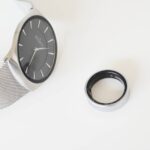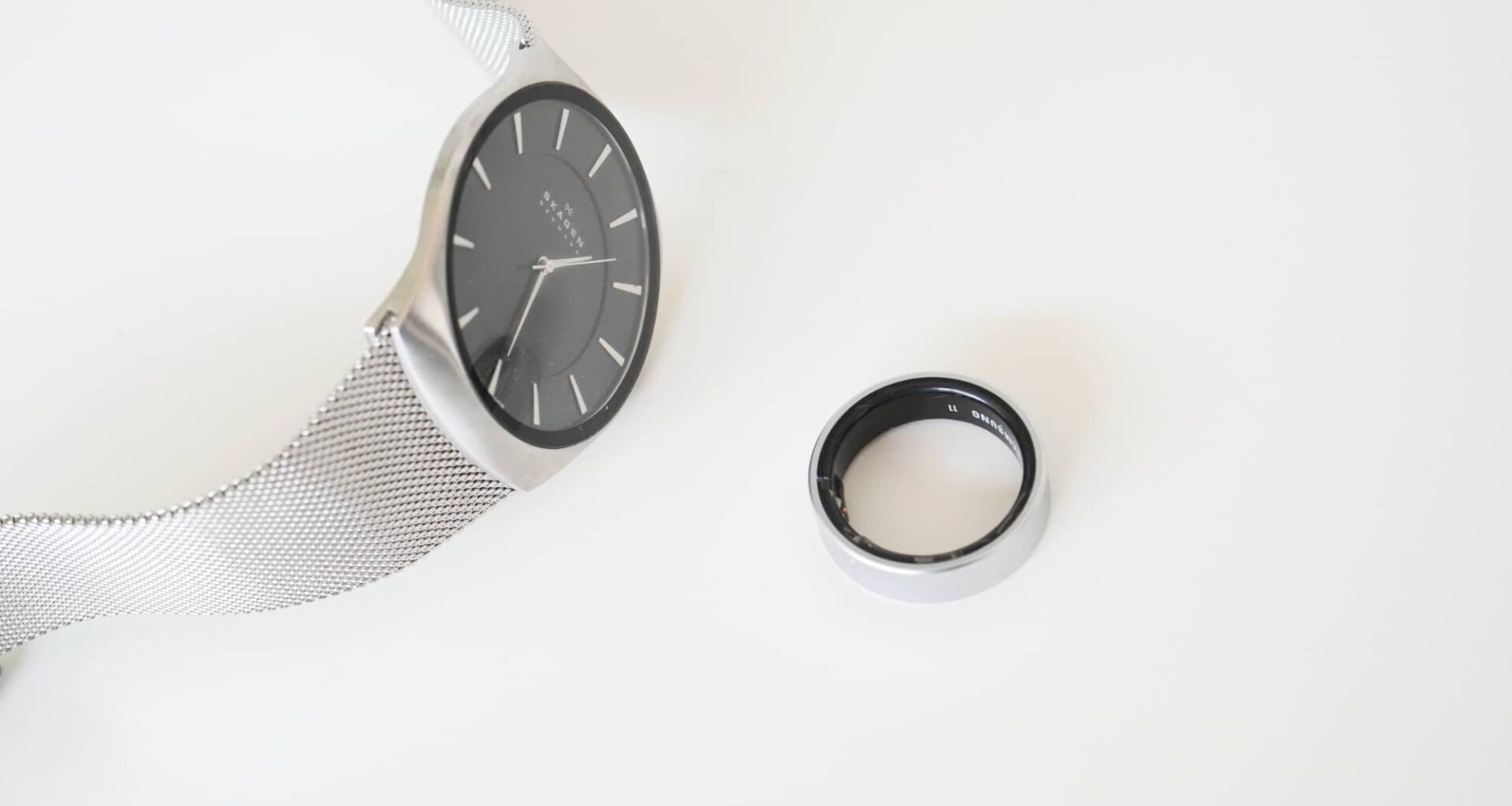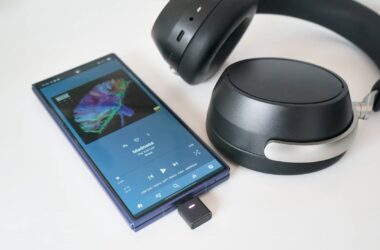Quick review
The good
The not-so-good
Prefer a classic watch to something with smarts, but still want to track your health? Samsung’s Galaxy Ring tries something different with a tracker on your finger.
Wearable gadgets are changing as the category gets smaller and lighter across the board. Watches are shedding the grams while becoming more feature-driven, with the whole category centred on one area: health.
Sure, any smart watch or smart band can help you tell the time, but the real focus is tracking your health. They can do it in lots of ways and use insights and AI to make sense of what’s going on.
But what if you don’t want something on your wrist? What if you prefer to walk around unencumbered, or to wear something old school, like a classic watch.
For that, you may want to turn to Samsung’s latest effort, the Android-only Galaxy Ring, a gadget that brings health metrics to your finger. Literally.
Design and features

Shaped like a ring because it is a ring, the Galaxy Ring is and isn’t exactly what you’d expect.
On the one hand, it’s exactly what you think it is: a piece of jewellery available in nine sizes and three colours, the Galaxy Ring is Samsung’s first foray into smart tracking rings as distinct from the watches and fitness bands it normally makes.
You’ll want to try on the sizing kit before you settle on a ring size, but when you do, you’ll find a titanium ring holding together an trio of sensors on silicon, including heart rate, temperature, and an accelerometer.
The whole thing weighs a little under 3 grams, measures 2.6mm thin, and arrives with an IP68 rating and 100 metres of water depth pressure resistance (10 ATM).

In-use
One of the more unusual wearables that’s ever graced our limbs, the Samsung Galaxy Ring is fairly easy to use.
You’ll need an Android phone to make it work, but ideally you’ll want a Samsung Galaxy, as features such as find your ring tracking and double click ring gestures are limited to Samsung devices.
Once you run through the easy Galaxy Wearable setup procedure, you can wear your Ring… and that’s it.
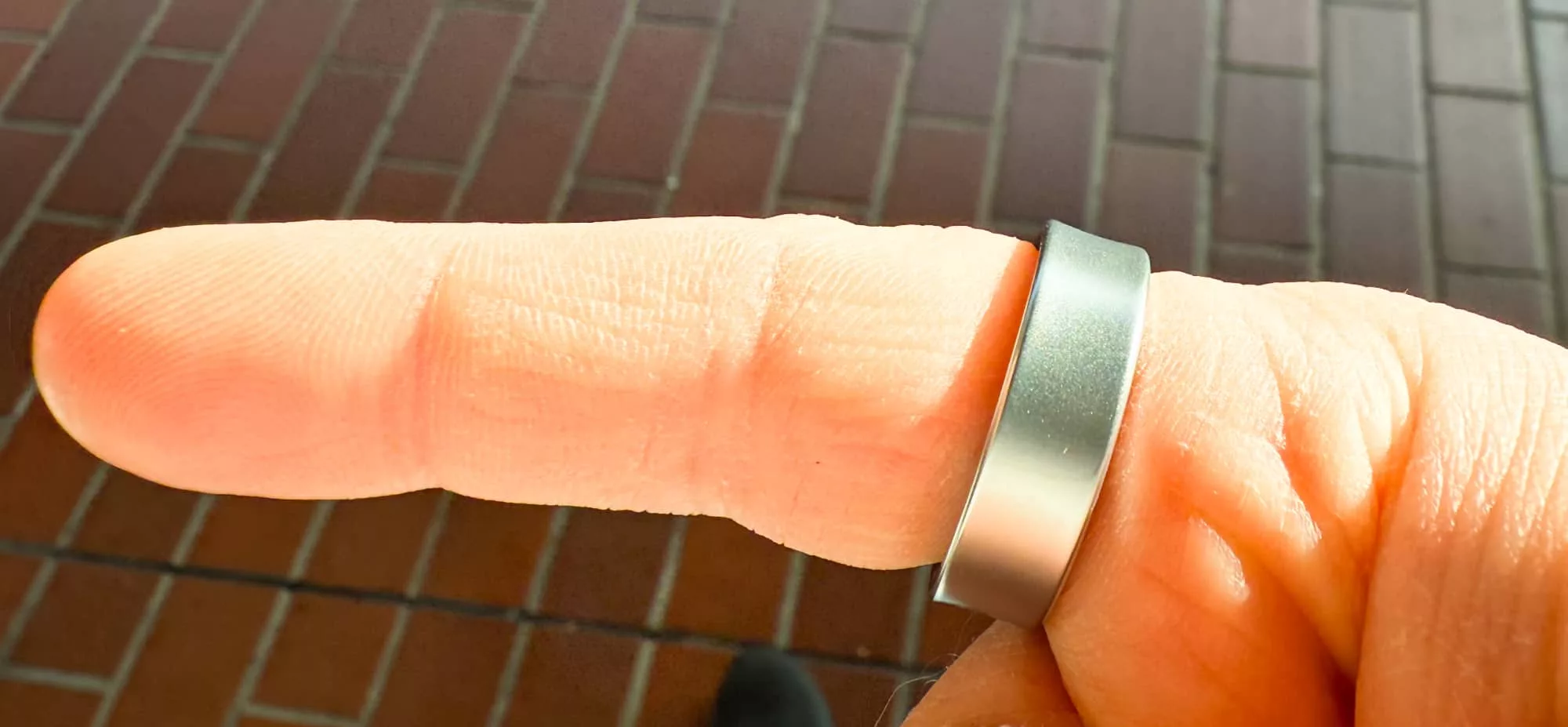
It’s light enough that you’ll quickly forget about using it, as the Ring becomes part of your regular day-to-day.
When you start using the Galaxy Ring, you’ll quickly learn that you don’t need to really do anything. Nothing at all beyond simply going about your life.
While most wearables have a screen and a reason to glance at that often wrist-bound gadget, the Galaxy Ring is more of a passive addition to your life. There’s no screen, no vibrations, and no reason to look at it, beyond occasionally seeing the green and red sensors from Samsung’s sensor technology light up in the dark.

Performance
It’s an otherwise boring gadget that sits in your life without you needing to interact with it, communicating health smarts to your phone when nearby. You don’t even need to keep your phone near for it to work.
For part of our test, we used an iPhone alongside, and while the Galaxy Ring didn’t communicate to the iPhone, it did send data back to the Galaxy S24 Ultra it was paired with when we came back within reach.
We doubt anyone will end up doing this, and what’s more they can’t: Samsung Health only works when there’s a SIM in the device it’s installed on, a rather maddening requirement in the grand scheme of things. But it does mean that you don’t need to be near your phone to use the Galaxy Ring, and that is interesting.
Most people will naturally have the two connected, largely because they’ll need it. Like the Galaxy Watch Ultra and any other wearable, the Galaxy Ring requires a connection to a phone. Ideally your phone.
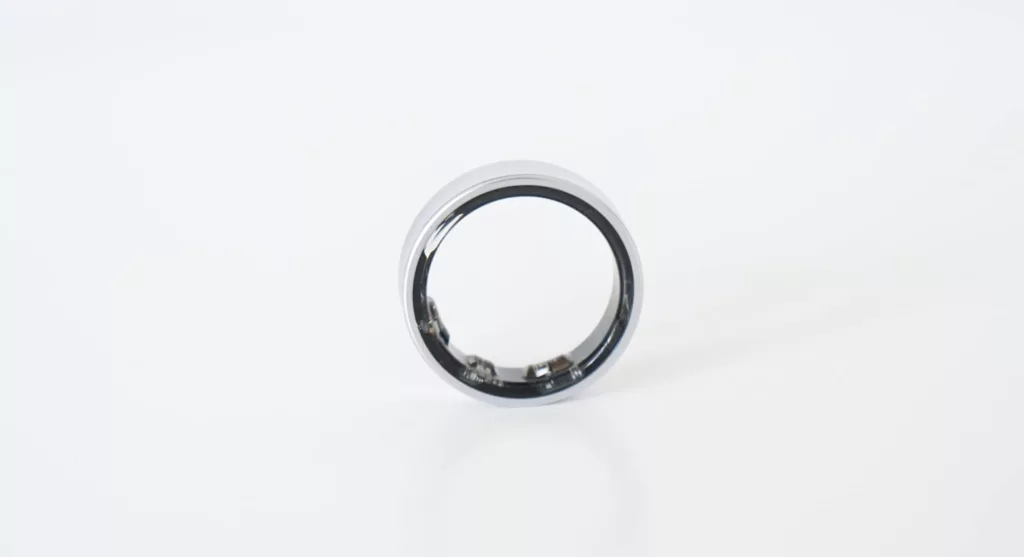
That connection sends data insights to your phone over time, and Samsung’s AI-based “Energy Score” and “Sleep Score” metrics are built from the results being gathered. Check your app for the results.
Keep wearing the tracker all the time because that is literally the point. You don’t really have to take it off except for charging, and you just need to let it do its thing.
Samsung made the Galaxy Ring water resistant, but didn’t proof it for either the salt water of the ocean or chlorinated for the pool. That may not matter, though: you’ll ideally be washing your hands regularly, so you should be cleaning any chemicals and minerals off all too easily, much like how you can wash off a phone if need be.
And even if you don’t, Samsung Australia told Pickr it should be easily replaced if it does succumb to water damage.
Battery
The good news is leaving it on is made easier by the battery life, which managed nearly a week in our tests, tapering out at the six day mark.
The charger is cute and clever, arriving in a little ring case made of transparent plastic. It’s reminiscent of Nothing’s earphone design in that it’s transparent, but also comes with a battery so you can charge the Ring up in a few minutes without needing to plug a USB-C cable in, as well as a battery to check the case battery.
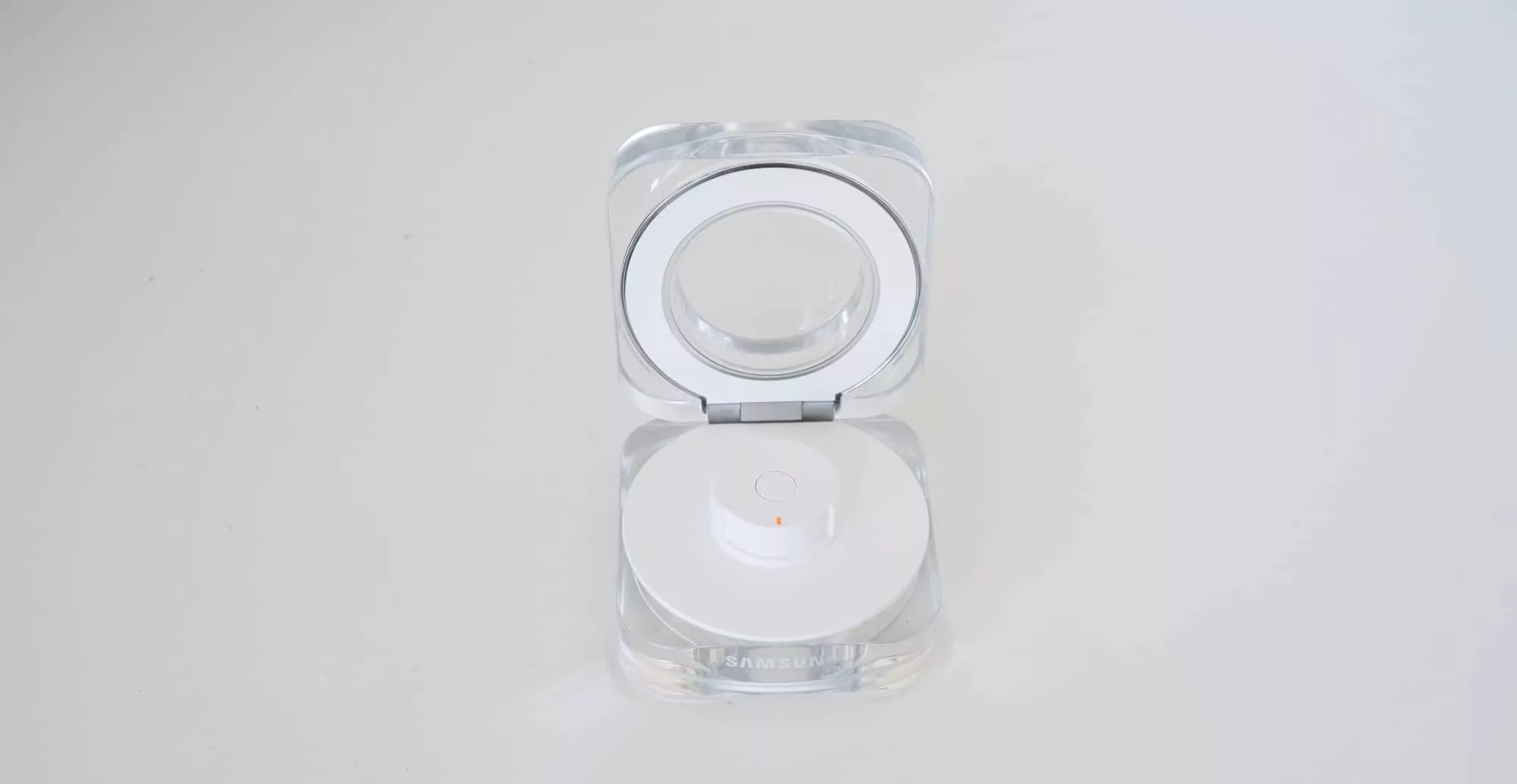
As it is, the charging box can be powered and recharged using either Type C USB or a wireless charging pad, which makes it more universal than most watch chargers. Kinda sorta.
You still need the custom charging box, and don’t lose it: your box and charger is fitted specifically for your ring size.
All up, it’s a surprisingly well-thought out charging system.

Value
However, the price gives us pause, largely because it can make you feel as if you’re being charged for the privilege of this thing being tiny.
Priced at $699 in Australia, the Galaxy Ring is expensive for what little it does, even if its curious take on tiny technology is relatively well-priced all the same.
It doesn’t do much — heart rate, temperature, movement, with blood oxygen gleamed from this, as well — so you’re getting a fraction of what other smart watches do. You’re just getting it in the most pint-sized package yet. That could well be worth the price if you prefer a minimalist look, but for many, the less expensive watch and bands out there will make more sense.
What needs work?
But there are issues, and some of them are particularly glaring.
Take the situation with hand-me-downs. It’s not unusual to see Australians hand down gadgets to family members, but you won’t really be able to here.
There are nine sizes of Galaxy Ring, and the one you buy is more or less sized for the one specific finger you buy it for. You can’t go to a jeweller and resize the Galaxy Ring — you’d snap the electronics if you tried. This is made for your finger and your finger alone at the time of purchase.
There’s also the matter of direct feedback, which the Galaxy Ring does not have. That makes it remarkably distinct to pretty much every other wearable out there.
Wear the Apple Watch, and you can see your heart rate or blood oxygen in real time. The same is true with the Samsung Galaxy Watch models, including this year’s Galaxy Watch Ultra. Both can offer GPS functionality for tracking walks and runs.
On any other wearable, you’ll get vibrating notifications from services and messages, and you can see each of these wearables track your health in real time.
But not the Galaxy Ring. This is an un-fun gadget.
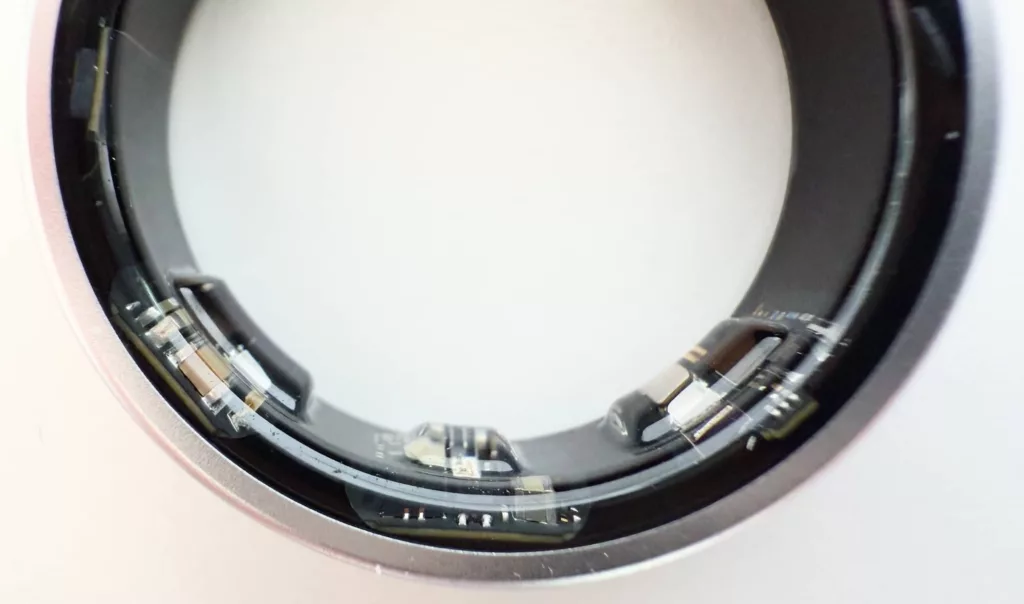
There are no notifications from apps or messages, even if they could just be vibrations. There are no alarms. There’s no GPS, either. There’s nothing like that.
Likewise, the health tracking happens in the background and doesn’t appear to be something you can watch as it happens. Instead, the Galaxy Ring just tracks and stores data about your health to Samsung’s Health app.
Another factor is the lack of anything the Galaxy Ring brings if you already own any other Samsung wearable.
Simply put, using the Galaxy Ring together with any other Samsung wearable doesn’t bring anything to the package, which is a shame given the Ring has accuracy quirks.
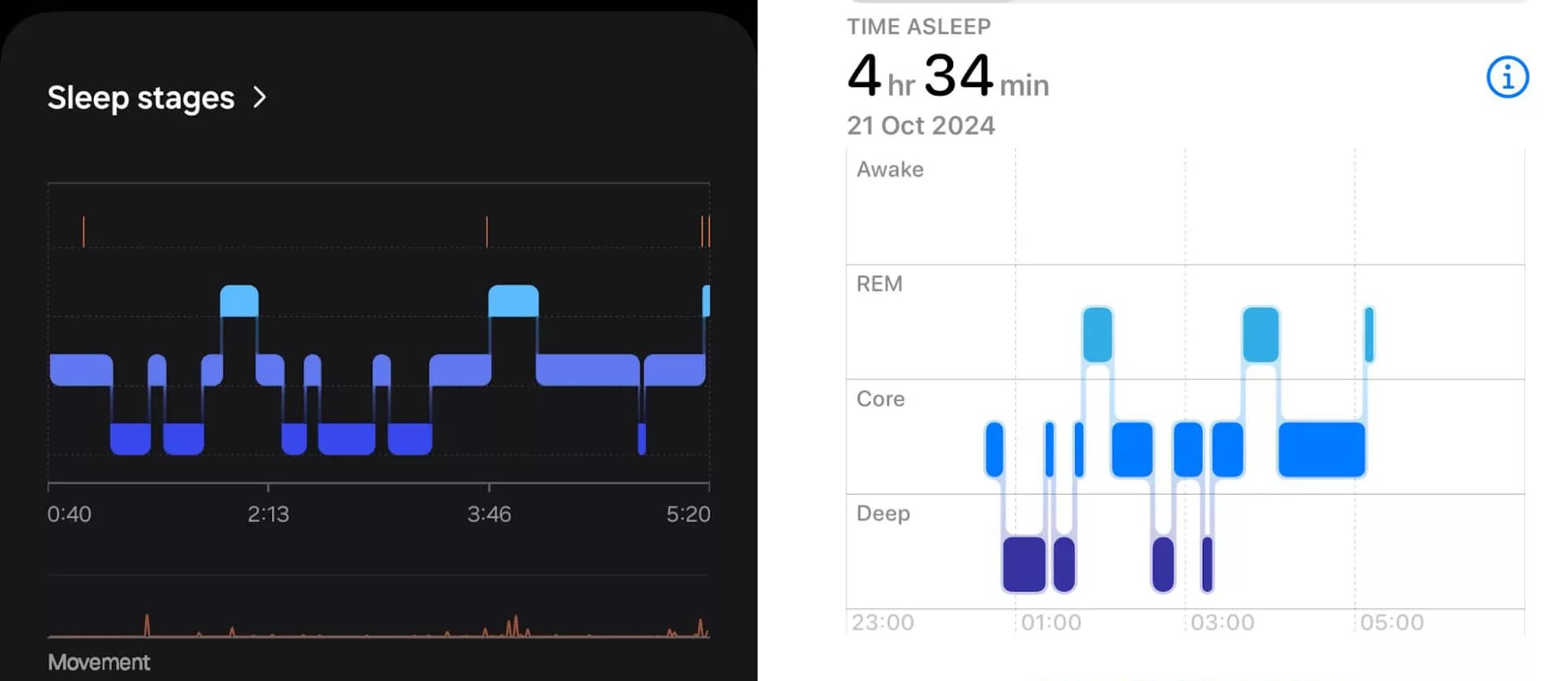
Specifically, we’re not sure how accurate it is.
Testing the Galaxy Ring alongside the Apple Watch Series 10, the Ring would regularly fall short of the Apple Watch’s step count even when worn for longer than the Apple Watch. The difference wasn’t small, either, amounting to between 10 to 25 percent of the steps. It’s not an insignificant amount.
Sleep tracking was closer, but Samsung Health wouldn’t typically work out when you were awake, breaking those times with emptiness. It would mean the sleep score being provided was skewed based on incorrect data: moments of being awake simply didn’t exist at all.
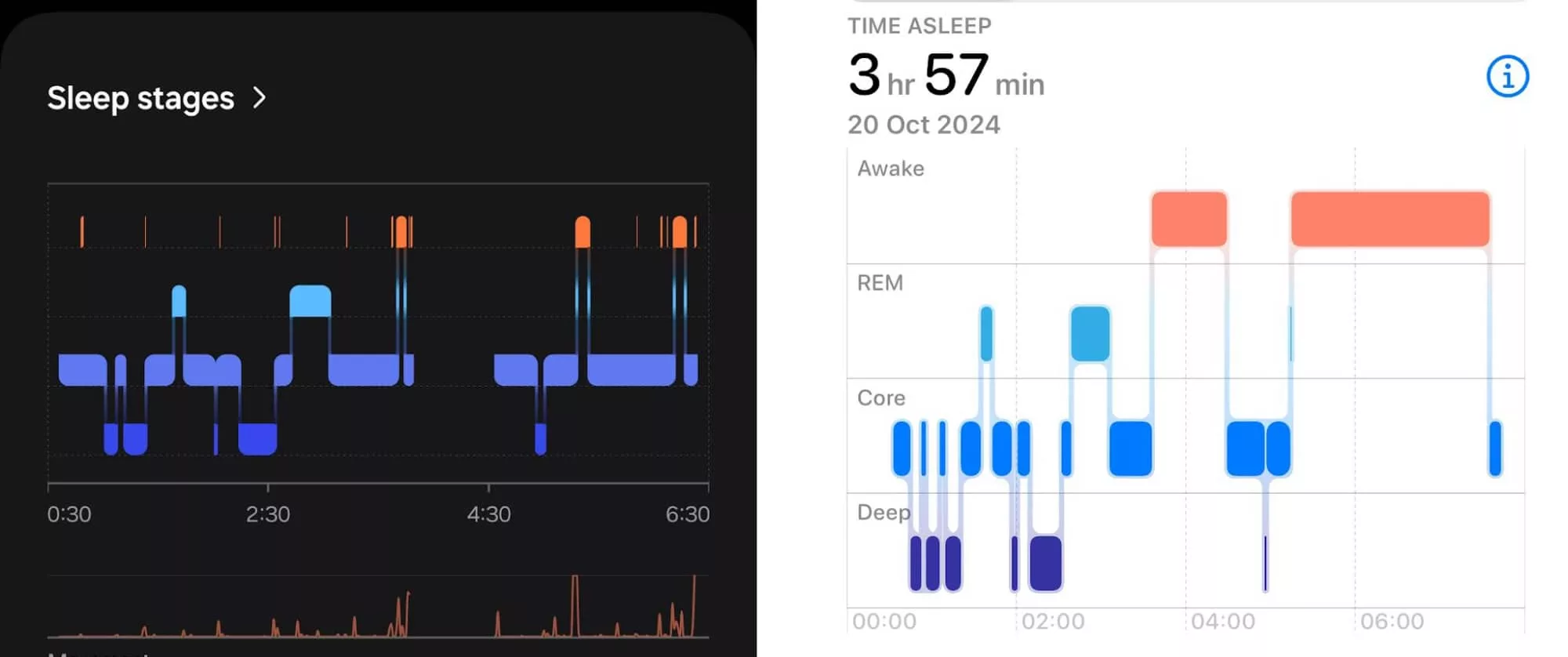
Even the Find My Ring feature specific to Samsung devices could be unreliable, refusing to update over the course of a day, and instead telling us where we were yesterday.
It just means data from the Galaxy Ring isn’t always reliable. Hopefully that changes over time with subsequent updates, but it’s clearly an issue right now.
What we love
Despite the quirks, we’ve grown to love the Galaxy Ring more than we expected.
It’s still a fairly boring wearable, relegated to being entirely passive. You wear it, it does its thing, and that’s it.
This is a boring gadget. Useful, but boring.
But there’s another upside: you can get out your classic analogue watches and go back to wearing them, while still tracking your health. When your tracker is worn on your finger, your old watch can function as a watch, and that’s kind of exciting.
Much like rediscovering a good book in your bookshelf, you can rediscover a good watch you might have long lost forgotten because it lacked a screen or a health tracker.
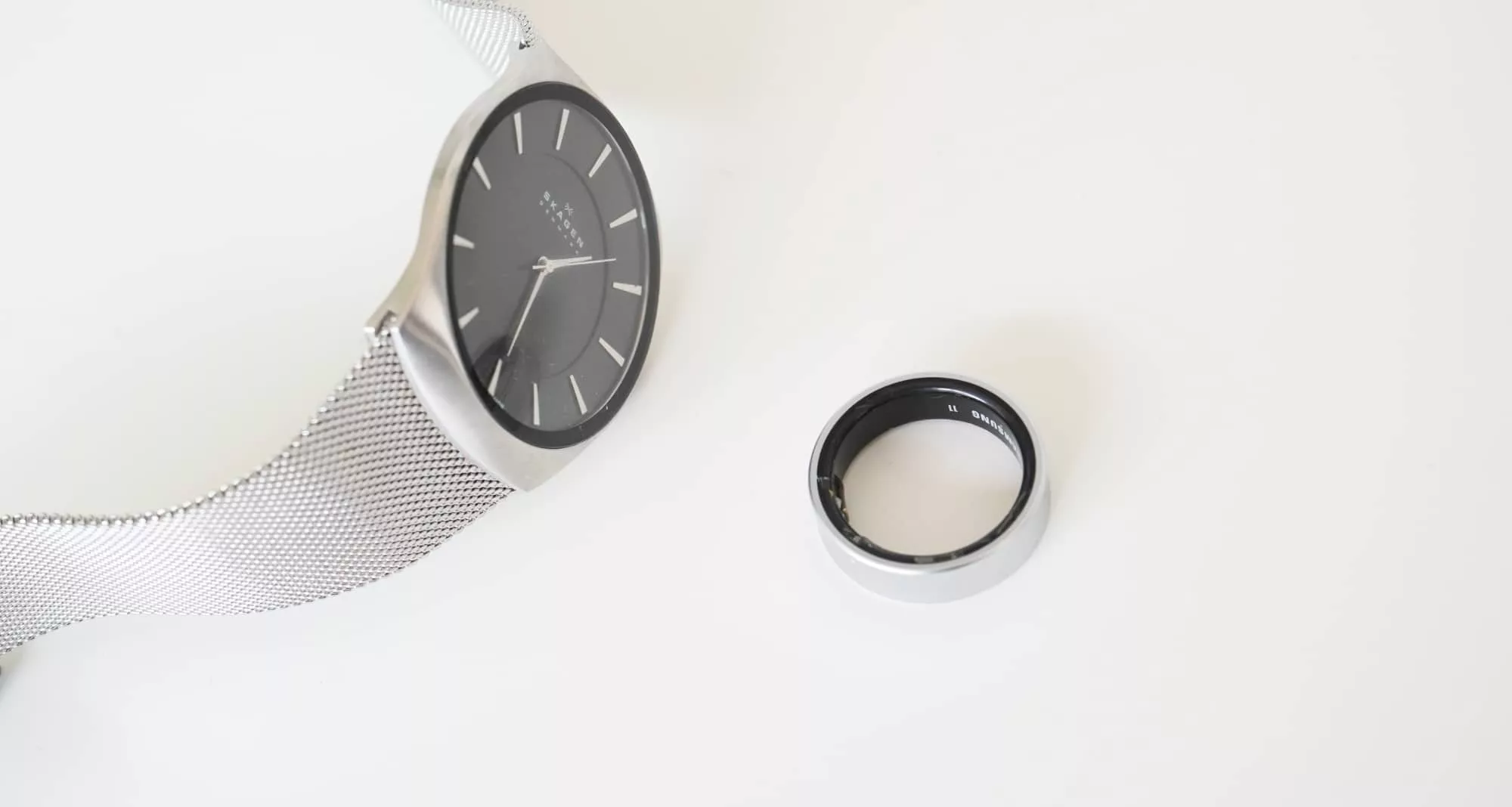
Final thoughts (TLDR)
The Galaxy Ring is a curious device, because it represents something clever. On the one hand, the shrinking of technology is exciting, even if what’s included isn’t.
In many ways, it’s a stripped-back take on what wearables these days are, harking back to the old fitness tracker mentality that put Fitbit on the map, but encasing it on your finger. There’s clearly more a wearable can be these days, and more devices like this should be able to do.
But that doesn’t matter. The Galaxy Ring’s limited feature set is in many ways perfect for the size. It does everything you’d need a wearable to do without a screen, and allows you to keep on living your life.
It’s clearly not perfect: the tracking quirks are definitely that, and Samsung really needs to work out the dramatic differences between sleep and awake. The Galaxy Ring’s sleep feature only works well if you complete a regular course of sleep where you don’t typically wake up much. The fact that it can’t tell the difference is boggling.
At release, however, the Galaxy Ring is better than expected. It’s better than you’ll imagine a ring wearable could be.
The Galaxy Ring is a great way to ring in good health in an almost transparent way. If you prefer to skip a smartwatch, the Galaxy Ring is your ticket to freedom.
